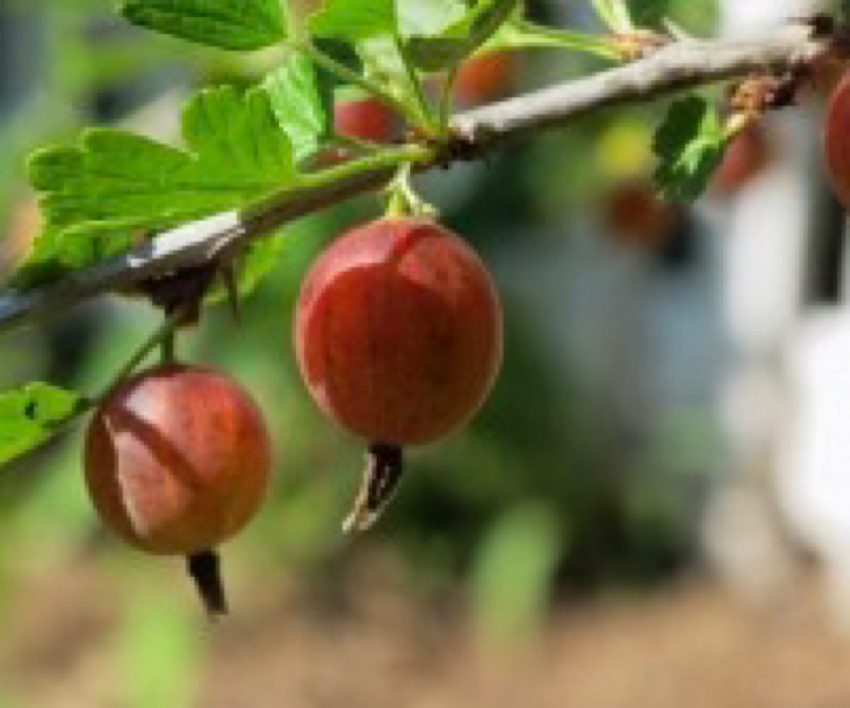As you design your kitchen garden, the first step is, of course, based on what you like to eat. The next step involves assessing your available space and your local climate.
An additional factor that is often overlooked is what grows well together, an approach generally called companion planting.

Jump to: Key Considerations | Best & Worst Combinations | Why It Works
This post may contain affiliate links. As an Amazon Associate, I also earn from qualifying purchases. You can read our disclosure information here–
Does the Research Support Companion Planting?
Many swear by the benefits of companion planting; others doubt that they exist.
A research study conducted by Minnesota Master Gardeners several years ago found no benefits of growing several plant combinations, including French marigolds with tomatoes. However, the number of growers who completed the study was small and the only information reported was about yields, not beneficial insects.
As the interest in organic growing and strategies like Integrated Pest Management (IPM) grows, so does attention to the potential benefits of companion planting.
Anecdotal information on the benefits of companion planting with tomatoes is plentiful however.
Keys to Successful Companion Planting
Here are some key considerations based on expert gardeners experiences:
- Marigolds are often listed as a good companion for tomatoes. You do need to know a few specifics for it to work however. In the book Carrots Love Tomatoes: Secrets of Companion Planting for Successful Gardening
author Louise Riotte notes that French marigolds need to be grown for at least a full season before they will control nematodes in the soil and thus be beneficial.
- Growing the plants close to one another can maximize the benefits. This could be a particular benefit in urban areas where the space considerations are limited.
- Avoid growing plants that might compete with each other. For example, one reason why tomatoes and asparagus are great companions is that they grow at different levels, in the soil, so they don’t compete with each other for water and nutrients,
- Another way to avoid competition is harvest time. Asparagus for example, will be harvested early in the year with tomatoes coming mid to late Summer.
Plant Combinations for Heirloom Tomatoes: Good and Bad
Some plant combinations have a history of being beneficial, some are considered “compatible”, and there are some combinations considered harmful. Here is a current list of plant pairings for each of these categories:
(1) Beneficial Companions
Some of the pairings with tomatoes most often cited as helping improve the health and/or flavor of tomatoes include:
- bee balm,
- mint,
- basil,
- parsley,
- celery,
- and borage.
On the other hand, here are some combinations in which tomatoes help other plants:
- gooseberries
- peppers
- roses (potential protection against black spot).

(2) Compatible Combinations
Among the vegetables and herbs generally considered to be compatible (but not necessarily beneficial) with tomatoes include:
- oregano,
- carrots,
- onions,
- radishes (discouraging two-spotted spider mites),
- garlic (protection against spider mites),
- amaranth,
- chives,
- stinging nettle,
- lavender,
- thyme, and
- lemon balm.
Flowers that are compatible with tomatoes include:
- marigolds
- geraniums,
- petunias,
- nasturtiums,
- pot marigolds (also known as calendula), and
- foxglove.
(3) Incompatible Pairings with Heirloom Tomatoes
A few combinations need be avoided:
- Most things in the brassica (cabbage) family
- tomatoes and potatoes don’t grow well together.
- Some believe that fennel can inhibit tomato growth, and
- it is not recommended to grow tomatoes close to corn because of the similarity of pests that feed on each.
- Other plants that have bee identified by some as poor companions with tomatoes are peas, beets, and rosemary.
Why Does Companion Planting Work?
One belief around companion planting is that the mix of smells confuses insects.
Another theory on companion planting is that chemicals in the leaves and/or roots of some plants have a positive impact on others (such as the possible effect on black spot noted earlier).
A third belief is that mixed plantings generally “mimic” nature by offering a diversity of plants that attract some insects and organisms while repelling others.
So, if you choose your companion plants from the lists above you will certainly get beauty, even if the growth benefit is debatable!
Comprehensive Guide to Companion Planting in General
This post focused on companion planting with tomatoes, and I have another post that focuses on companion planting with blueberries. If you want a more comprehensive look at companion planting in general, check out this guide from Homestead and Chill. They provide great information with charts and details on the subject!


Thank you for sharing this. The info was exactly what I was looking for. My small backyard is getting crowded & have a spot for my newly purchased tomatoe plant next to an established small rose plant. I will make them neighbors & see how it goes.
I’m a home gardener with a tiny in ground garden. I’ve been growing my tomatoes with basil and marigolds for years. Last year, I added purple majesty potatoes figuring they’d be ready for harvest before the tomatoes got big – WRONG. So I kept trimming back the potato Vines away from the tomatoes. I noticed that my tomato crop was far larger than usual so apparently my tomatoes loved those potatoes.
Thank you for sharing that Rachel! I don’t grow potatoes so that is helpful information that I’m sure others will appreciate.